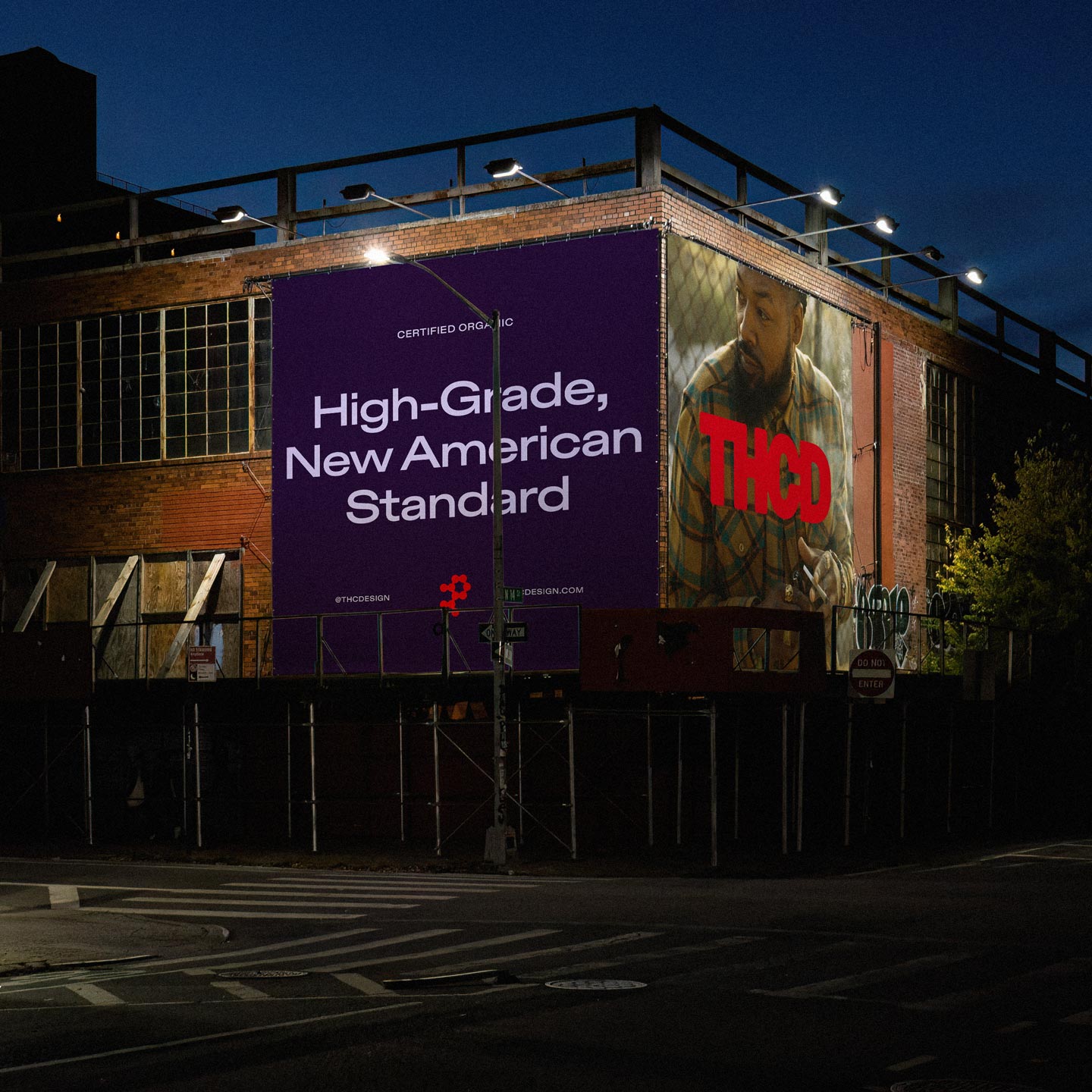Aside from frantically revisiting 6-10 weeks of untouched timesheets, the most energy I’ve expended as a copywriter has been in evading brainstorms.
Being difficult to locate the moment a brainstorm is called has led to accusations that I’m socially awkward (fair) and anti-collaboration (less fair).
It’s not so much the concept of the brainstorm I struggle with, but the conditions. In my freshman copywriting years, before I knew what these things were all about, I found myself in brainstorms where a bunch of gloomy people sat around and were asked/ordered to think good things right here and right now.
I know some creatives who thrive in such a situation, but that was never the way for me. It always seemed like being dropped into the middle of the ocean and then being told to build yourself a raft.
A group brainstorm, in my experience, has nothing in common with co-thinking alongside one other creative, with whom you’ve already established a certain whimsical harmony. In those conditions the thoughtful silences, the sighing, the laughable ideas and the mounting piles of crumpled paper make neither of you uneasy, no matter how long it goes on like that.
I need time alone with my brain before either of us are up to any level of storming. I need to wander about and just play with words in my head before I’ve got anything meaningful to contribute. Stick me in a brainstorm without first allowing me some lonely pondering, and the only thing I’ll be thinking about in the room is how to get out of it.
(Of course, we all know the creatives who do a spot of pre-thinking purely so they can arrive at the brainstorm ready to railroad the group into their half-baked ideas. These people are surely of less use in a brainstorm than anyone else, including the ones who stay away all together.)
I suppose the point of all this is that I’ve reached an age in my copywriting life where I don’t mind asking for the conditions I need to best contribute to the problem we’re all trying to solve. But a lot of writers, young and old, don’t always feel comfortable excusing themselves from ‘The Way We Do Things Here’ because they think it will count against them (and, unfairly, sometimes does).
I’ve had a great deal of fun in some brainstorms, but there are plenty where I’d have gnawed off my primary typing finger if I thought it’d get me out. Some of these sessions have produced great ideas (or at least the beginnings of great ideas). But many have produced nothing more than a general sense of despair and one of those behind-the-eye headaches you get by accumulating too much tension and wine gums.
The truth is that the brainstorm is only useful in direct proportion to how confident, energised and prepared its participants feel. Chucking several people into a room and expecting them to be at their creative best is, basically, like performing a tonsil extraction while wearing oven gloves.
Andrew Boulton is a copywriter and copywriting coach based in Nottingham. He’s written for a load of famous brands but even more tiny brands you’ve probably never heard of. He taught copywriting and creative writing at the University of Lincoln and now works with brands, businesses and agencies to help their teams have more fun with their writing. He’s the author of the bestselling book ‘Copywriting Is: 30-or-so thoughts on thinking like a copywriter’ and the world’s first (he says) children’s book about copywriting, ‘Adele Write an Ad’.
Aside from frantically revisiting 6-10 weeks of untouched timesheets, the most energy I’ve expended as a copywriter has been in evading brainstorms.
Being difficult to locate the moment a brainstorm is called has led to accusations that I’m socially awkward (fair) and anti-collaboration (less fair).
It’s not so much the concept of the brainstorm I struggle with, but the conditions. In my freshman copywriting years, before I knew what these things were all about, I found myself in brainstorms where a bunch of gloomy people sat around and were asked/ordered to think good things right here and right now.
I know some creatives who thrive in such a situation, but that was never the way for me. It always seemed like being dropped into the middle of the ocean and then being told to build yourself a raft.
A group brainstorm, in my experience, has nothing in common with co-thinking alongside one other creative, with whom you’ve already established a certain whimsical harmony. In those conditions the thoughtful silences, the sighing, the laughable ideas and the mounting piles of crumpled paper make neither of you uneasy, no matter how long it goes on like that.
I need time alone with my brain before either of us are up to any level of storming. I need to wander about and just play with words in my head before I’ve got anything meaningful to contribute. Stick me in a brainstorm without first allowing me some lonely pondering, and the only thing I’ll be thinking about in the room is how to get out of it.
(Of course, we all know the creatives who do a spot of pre-thinking purely so they can arrive at the brainstorm ready to railroad the group into their half-baked ideas. These people are surely of less use in a brainstorm than anyone else, including the ones who stay away all together.)
I suppose the point of all this is that I’ve reached an age in my copywriting life where I don’t mind asking for the conditions I need to best contribute to the problem we’re all trying to solve. But a lot of writers, young and old, don’t always feel comfortable excusing themselves from ‘The Way We Do Things Here’ because they think it will count against them (and, unfairly, sometimes does).
I’ve had a great deal of fun in some brainstorms, but there are plenty where I’d have gnawed off my primary typing finger if I thought it’d get me out. Some of these sessions have produced great ideas (or at least the beginnings of great ideas). But many have produced nothing more than a general sense of despair and one of those behind-the-eye headaches you get by accumulating too much tension and wine gums.
The truth is that the brainstorm is only useful in direct proportion to how confident, energised and prepared its participants feel. Chucking several people into a room and expecting them to be at their creative best is, basically, like performing a tonsil extraction while wearing oven gloves.
Andrew Boulton is a copywriter and copywriting coach based in Nottingham. He’s written for a load of famous brands but even more tiny brands you’ve probably never heard of. He taught copywriting and creative writing at the University of Lincoln and now works with brands, businesses and agencies to help their teams have more fun with their writing. He’s the author of the bestselling book ‘Copywriting Is: 30-or-so thoughts on thinking like a copywriter’ and the world’s first (he says) children’s book about copywriting, ‘Adele Write an Ad’.




